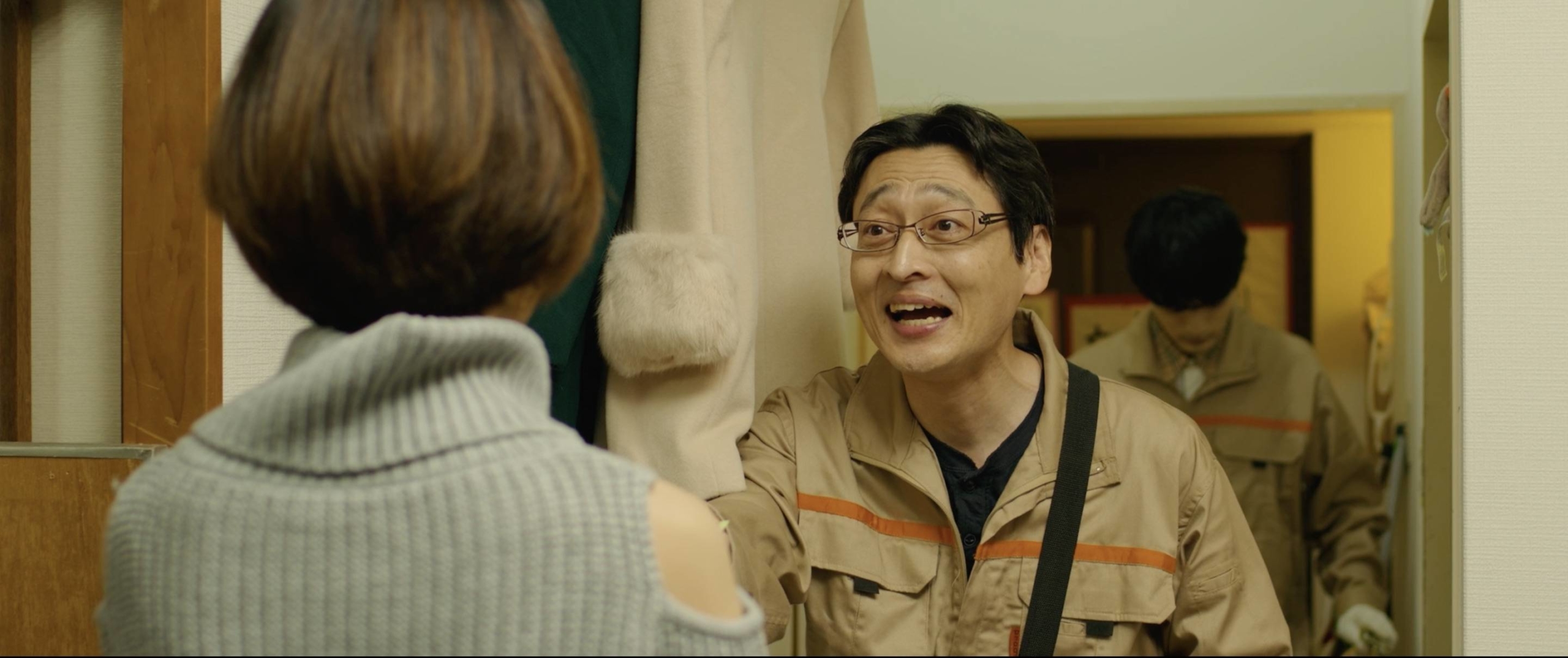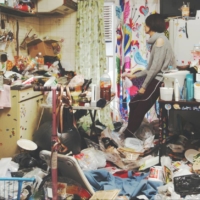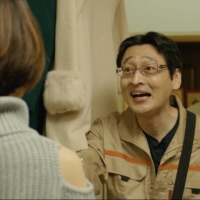Westerners visiting a Japanese home for the first time are often surprised to discover how cluttered they are. The minimalist creed of decluttering guru Marie Kondo is an impossible ideal for most people here, which perhaps explains the enduring fascination of gomi-yashiki (trash houses).
Every month seems to bring another TV report about a home crammed to the rafters with rubbish. In a country where tidiness is second to godliness, the gomi-yashiki is a cautionary tale. Viewers watch with a mixture of curiosity and fear, thinking: There but for the grace of Konmari go I.
Hoarding is a serious social issue, but it’s given a disarmingly breezy treatment in Takayuki Kayano’s “Hoarder on the Border.” Across a series of linked episodes, this scruffy ensemble comedy follows the activities of a business that specializes in cleaning out the most junk-infested residences.
It’s an unlikely career choice for Ritsuki (Ryo Shinoda), a prim young man who’s been forced to abandon his dreams of becoming a concert pianist due to a crippling case of nerves. During his first day on the job, he brings up his breakfast then passes out at the sight of a cockroach infestation.
As Ritsuki slowly gets the hang of things, the film switches focus to some of the customers requesting the company’s services. Single mother Asuka (Yumiko Nakamura) is trying to make her slovenly apartment look presentable before a home visit from her son’s teacher, Mariko (Tomu Muto). Von (Mac Sekioka), a Filipino care worker preparing to leave the country, has an achingly sad reason for why his home has fallen into disarray.
Only one of the characters fits the hoarder stereotype: Shigeo (Shigeru Izumiya), a cantankerous old coot who lives behind a barricade of garbage from which he pelts meddling neighbors with trash. However, when Ritsuki and his colleagues get to work, trailed by a TV camera crew, they find themselves competing with the man’s unscrupulous son to unearth some valuable antiques buried amongst the refuse.

The most fully realized story comes last, when Mariko is revealed to have a hoarding problem of her own (don’t ask what happened to her pet cat). It’s here that the cleverness of Kayano’s script becomes most apparent, as he loops back to earlier events and teases out some unexpected connections. Up until that point, I’d wondered if “Hoarder on the Border” might have worked better as an anthology TV series, in the vein of HBO’s “High Maintenance.”
This is a change of pace for Kayano, whose previous “Journey Beyond the Night” was one of the more twisted head-trips to come out of Japanese cinema in recent years. The comic sensibility hinted at in that film is given free rein here, as are the cast. Masayasu Kitayama is particularly entertaining as the company’s eternally upbeat boss, though some of the gags are funnier in principle than in practice.
While the hoarders are treated sympathetically, the film has less patience for those who rush to judge them. Kayano might have probed more deeply into these issues, but that would have made it harder to sustain the movie’s buoyant tone.
If there’s a final takeaway, it’s that sometimes homes aren’t the only things that need decluttering — and the virtuous types who make constant appeals to “society” are generally the ones who care least about their fellow citizens.
| Rating | |
|---|---|
| Run Time | 101 mins. |
| Language | Japanese |
| Opens | June 30 |




















With your current subscription plan you can comment on stories. However, before writing your first comment, please create a display name in the Profile section of your subscriber account page.